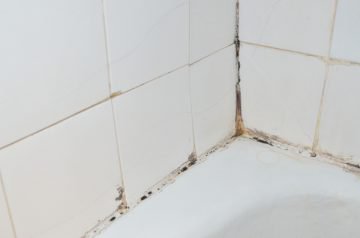Two-thirds of landlords facing tax changes
A new report has indicated that over 60% of private landlords are facing being forced from basic to higher rates of income tax, following a result of reforms announced in this year’s Summer Budget.
The results were taking from a survey of over 1,000 landlords, conducted by the Residential Landlords Association.
Changes
July’s budget brought the announcement that from 2020, mortgage interest relief for residential landlords will be capped at the basic rate of income tax. The RLA feel that while landlords paying the basic rate could feel unaffected by the changes, many will find themselves pushed up to the higher rate of tax, despite their incomes not having increased.
David Smith, RLA policy director, said that,’ the findings our of survey are deeply concerning. Many landlords currently paying the basic rate of income tax face the prospect of a nasty surprise when they meet with their accountants.’[1]
Continuing, Smith said that many landlords would have to seriously consider whether they wanted to stay in the private rented sector when facing an increase in tax charges but no increase in their income.
‘All the evidence shows that we need more, not less, rented housing,’ he observed. ‘With almost ninety per cent of landlords being individuals renting out just a handful of properties each, it is only by supporting this group that we will boost the supply of homes to rent. The Budget announcements risk undermining the potential for growth,’ he added.[1]
Petition
In light of the reforms, the RLA said that it has met with Treasury Officials to highlight their concerns over the impact of the reforms. Additionally, it said that it is still calling on the Government to delay the changes and assess the impact that they could have on the sector.
A petition, titled ‘Say No To George,’ has already gained over 29,000 signatures, from landlords and letting agents alike.
[1] https://www.landlordtoday.co.uk/breaking-news/2015/9/two-thirds-of-landlords-face-tax-bombshell–rla











